Distinctive landscapes
Coastal processes - OCR
Processes called erosion, mass movement and weathering break down and remove material from the coast. The material is moved along the coastline by the sea and deposited when there is energy loss.
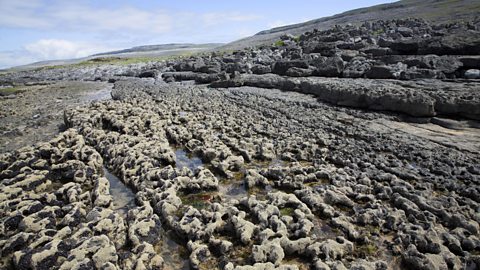
Coastal landforms - erosion and deposition - OCR
Erosional landforms include headlands, bays, caves, arches, stacks, stumps and wave-cut platforms. There are also depositional landforms such as beaches, spits and bars.
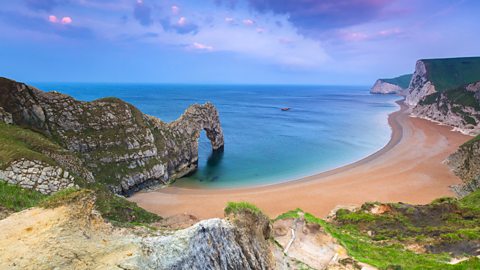
Coastal management - OCR
Hard engineering management involves using artificial structures, whereas soft engineering management is a more sustainable and natural approach to manage coastal erosion.
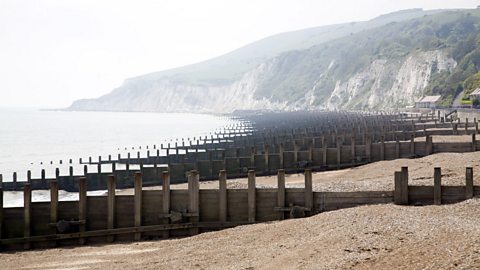
River processes - OCR
Erosion, transportation and deposition all occur in a river. Moving from the upper course to the lower course, the rates of erosion, transportation and deposition change.
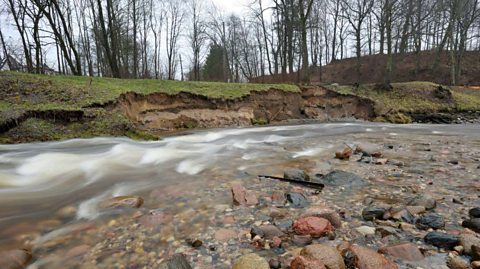
River landforms - OCR
Erosional landforms include V-shaped valleys, interlocking spurs, waterfalls and gorges. Meanders and oxbow lakes use erosional and depositional processes in their creation.

Flooding and flood management - OCR
Hard engineering management involves using artificial structures, such as dams and embankments. Soft engineering management is a more natural approach to manage flooding, such as flood plain zoning.
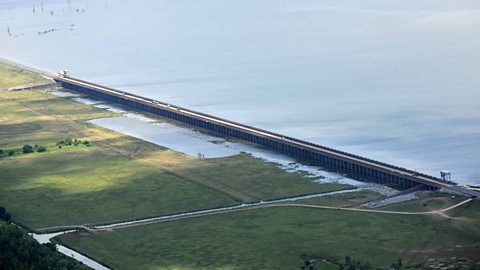
Distinctive landscapes in the UK - OCR
The physical landscape of the UK has distinctive characteristics and includes upland and lowland areas. The landscape has been shaped by glaciation, rivers, and the sea.
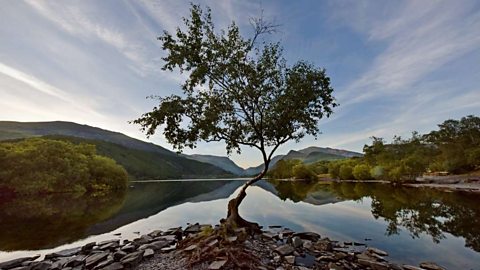
Glacial processes and landforms - OCR
Glaciers shape the land through processes of weathering, erosion, transportation and deposition, creating distinct landforms.
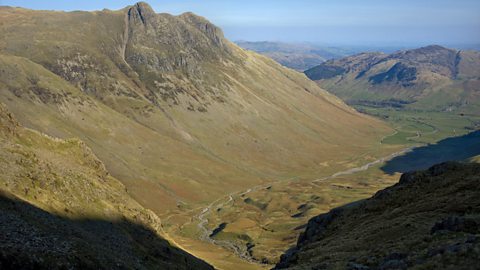
The management of glacial landscapes - OCR
Economic activities take place in glaciated areas but these may cause conflict. Management strategies try to reduce this conflict and ensure that the land is being used responsibly.
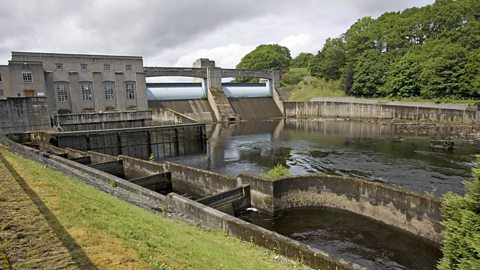
Links
- External linkExternal link
- External linkExternal link
- External linkExternal link
- SubscriptionSubscription
- External linkExternal link
- External linkExternal link